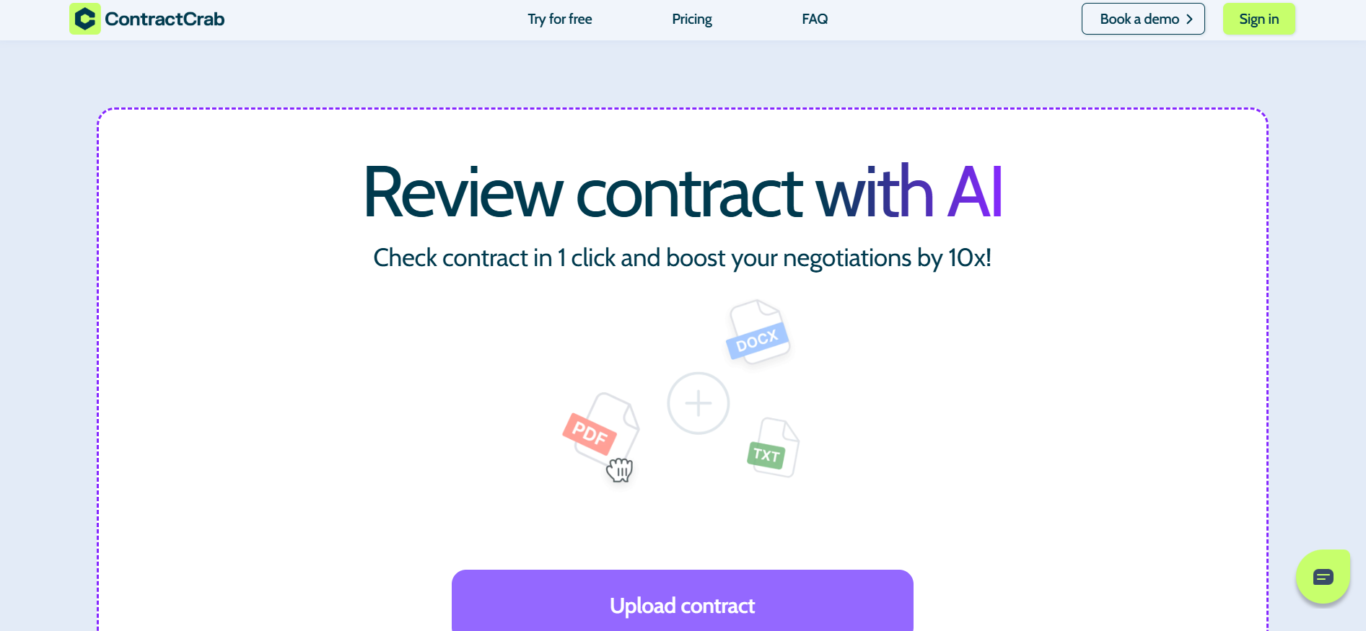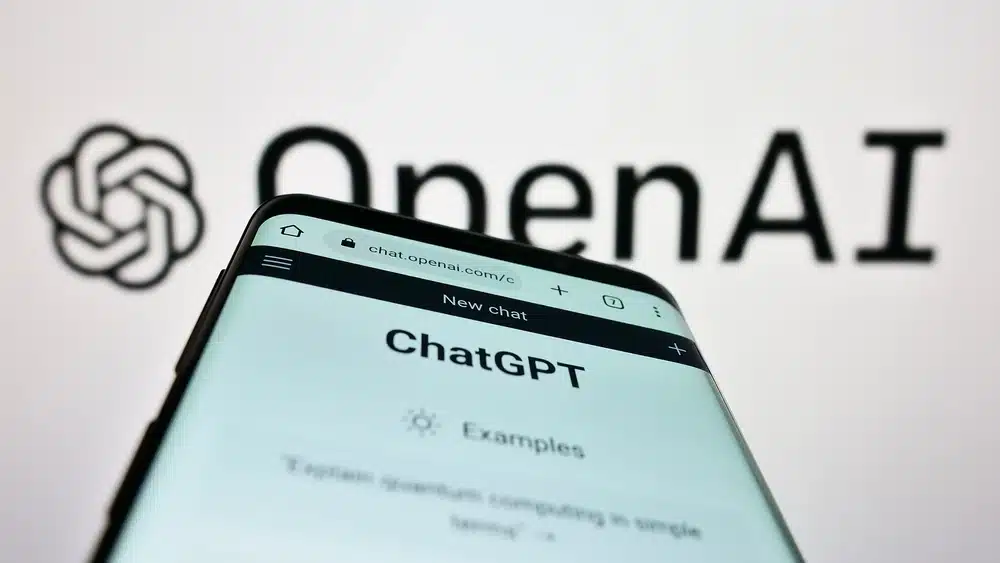The Role of Data Annotation in AI-Driven Ophthalmology
In recent years, artificial intelligence has significantly impacted various medical fields, including ophthalmology. AI enhances capabilities in screening, diagnosis, treatment planning, and patient management for ophthalmic diseases like glaucoma, age-related macular degeneration (AMD), and diabetic retinopathy. A key factor driving these advancements is the meticulous process of data annotation—labeling of ophthalmic data to train models.… Continue reading The Role of Data Annotation in AI-Driven Ophthalmology The post The Role of Data Annotation in AI-Driven Ophthalmology appeared first on Cogitotech.

In recent years, artificial intelligence has significantly impacted various medical fields, including ophthalmology. AI enhances capabilities in screening, diagnosis, treatment planning, and patient management for ophthalmic diseases like glaucoma, age-related macular degeneration (AMD), and diabetic retinopathy. A key factor driving these advancements is the meticulous process of data annotation—labeling of ophthalmic data to train models. This piece delves into the importance of data annotation in ophthalmology, including the types of images involved, annotation techniques, and key challenges.
Importance of Annotation in Ophthalmology

Data annotation for ophthalmology AI involves labeling eye structures in images, including the retina, cornea, and optic nerve, to help models achieve precise diagnosis and treatment. This enables medical AI systems to detect early signs of eye diseases. Precise labeling also helps identify abnormalities for timely intervention. Annotated ophthalmic data boosts the accuracy of eye disease detection.
Specifically labeled areas in ophthalmic images enable models to understand and diagnose conditions accurately.
Types of Ophthalmic Image Annotations
Medical AI models need to be trained on various imaging modalities to gain unique insights into ocular health.
- Fundus Image Annotation: Fundus photographs capture high-resolution images of the back of the eye. By labeling critical structures such as the retina, optic nerve, and blood vessels, AI-powered systems can automatically detect diabetic retinopathy (DR), age-related macular degeneration (AMD), and glaucoma.
- Optical Coherence Tomography (OCT) Image Annotation: Labeling key features in cross-sectional images provides detailed visual information about retinal layers, enabling models to learn patterns associated with retinal diseases. This enables diagnostic models to measure retinal thickness, identify fluids, and monitor disease progression accurately.
- Slit-Lamp Image Annotation: Annotated images of the anterior segment of the eye, such as the iris, cornea, and lens, assist models in diagnosing anterior-segment conditions, such as cataracts, iritis, and corneal disorders.
- Visual Field Test Data Annotation: Labeled visual field test data enables AI applications to identify and quantify peripheral vision loss and other anomalies for diagnosing and managing conditions such as glaucoma and optic neuropathy effectively.
- Diabetic Retinopathy Annotation: Labeling key features or abnormalities in medical images like retinal scans helps detect signs of diabetic retinopathy. Annotators carefully identify specific disease makers in diabetic patients, such as microaneurysms, hemorrhages, exudates, and cotton wool spots. Accurately annotated images improve the early diagnosis and management of diabetic retinopathy.
- Macular Degeneration Labeling: It involves identifying and labeling features like drusen, geographic atrophy, choroidal neovascularization, and pigment changes. Accurate annotation plays an important role in improving the diagnosis, treatment, and management of macular degeneration.
- Glaucoma Image Annotation: Glaucoma image labeling involves identifying specific features, including changes in the optic nerve head, retinal nerve fiber layer defects, and glaucomatous visual field loss. This helps identify early signs of glaucoma for timely intervention.
Annotation Techniques
Common annotation methods used to identify and delineate specific regions or structures of interest in ophthalmologic images include:
- Bounding Boxes: Labelers draw rectangles around regions of interest to pinpoint specific features or lesions.
- Semantic Segmentation: This technique is used to annotate each pixel in an image into predefined categories, such as different retinal layers or lesion types, to enable machine learning algorithms to distinguish various elements.
- Instance Segmentation: Instance segmentation can be helpful to identify and segment individual instances of objects, like multiple hemorrhages within a retinal image.
- Keypoints and Landmarks: Keypoint and landmark annotation is a very helpful technique for analyzing medical images (like fundus photographs or OCT scans), assisting in structural analysis and disease management.
Annotation Tools
Here are some of the tools commonly used for ophthalmology data annotation:
- ITK-Snap: It is an open-source application for medical image processing, annotation and segmentation, especially useful for 3D images.
- 3D Slicer: A free, open-source platform for visualization, processing, segmentation, and analysis of 2D and 3D medical images, supporting a range of plugins for specific tasks.
- MITK Workbench: A free, open-source tool for processing, annotating, and segmenting medical images. It works on Windows, Linux, and macOS and supports manual and semi-automatic segmentation, especially for 3D images.
- OHIF Viewer: A cloud-based tool for identifying and annotating medical images. The tool supports DICOMWeb, secure login with OpenID Connect, advanced 3D image views, and collaborative workflows.
The Role of AI in Ophthalmology
AI systems in ophthalmology have demonstrated proficiency in analyzing and detecting various eye-related conditions, including:
- Diabetic Retinopathy (DR): AI models can identify lesions such as microaneurysms, hemorrhages, and exudates in retinal images, facilitating early detection and management of DR.
- Age-Related Macular Degeneration (AMD): By analyzing retinal images, AI aids in detecting drusen and other AMD-related changes, enabling timely intervention.
- Glaucoma: AI assists in assessing optic nerve head changes and retinal nerve fiber layer thickness to detect glaucomatous damage.
- Cataracts: AI can classify cataract severity through image analysis, supporting surgical decision-making.
- Corneal Disorders: AI models analyze corneal images to identify conditions like keratoconus and corneal dystrophies.
Challenges in Ophthalmic Data Annotation
Labeling ophthalmic data poses several challenges, such as:
- Difference in Image Quality: Variability in imaging devices and settings can generate images with varying clarity, contrast, and resolution. This inconsistency can make it difficult to maintain uniform and accurate annotations.
- Complexity of Ocular Structures: Intricate and overlapping structures in the eyes, such as blood vessels, the retina, and the optic nerve, make it challenging to precisely label different regions in an image.
- Expert Knowledge Requirements: Annotating medical images requires domain experts, including ophthalmologists, radiologists, and trained annotators, to identify subtle differences in ophthalmic images.
What Sets Cogito Tech Apart?
With nearly a decade experience handling complex medical data, Cogito Tech’s team combines deep knowledge of ocular anatomy and pathology with advanced annotation techniques to accurately label ophthalmic images, such as retinal scans, glaucoma images. This results in effective diagnostic outcomes and the development of AI models.
- Ophthalmology Specialists: Our team includes skilled annotators with extensive knowledge of ocular anatomy and pathology, led by ophthalmologists for benchmarking and validation. This ensures that annotated images accurately reflect clinical realities, enhancing the training and performance of AI models.
- Robust Security: With a strong emphasis on data security, Cogito Tech adheres to strict regulatory standards, including FDA, HIPAA, and CFR 21 Part 11 requirements, ensuring transparency and privacy-protected solutions. We also assist our clients in securing FDA 510(k) clearances.
- Tool-Agnostic Approach: Our skilled workforce can work on various proprietary and open-source annotation solutions. Additionally, Cogito’s tech partners provide a single end-to-end solution for managing configuration, annotation, and project management.
- Specialized Guidelines and Protocols: We have comprehensive guidelines and protocols in place for annotators, ensuring consistency and accuracy when labeling features in ophthalmologic images. Trained annotators can spot subtle changes in eye structures, such as disease progression or early-stage conditions.
Conclusion
Data annotation is instrumental in integrating AI into ophthalmology. Meticulously annotated images enable the development of reliable AI models capable of facilitating accurate disease detection, diagnosis, and treatment planning. As the field continues to evolve, the contribution of accurate and compliant data remains indispensable, highlighting the need for continued investment in annotation processes and tools to boost AI-driven ophthalmology.
The post The Role of Data Annotation in AI-Driven Ophthalmology appeared first on Cogitotech.












































































